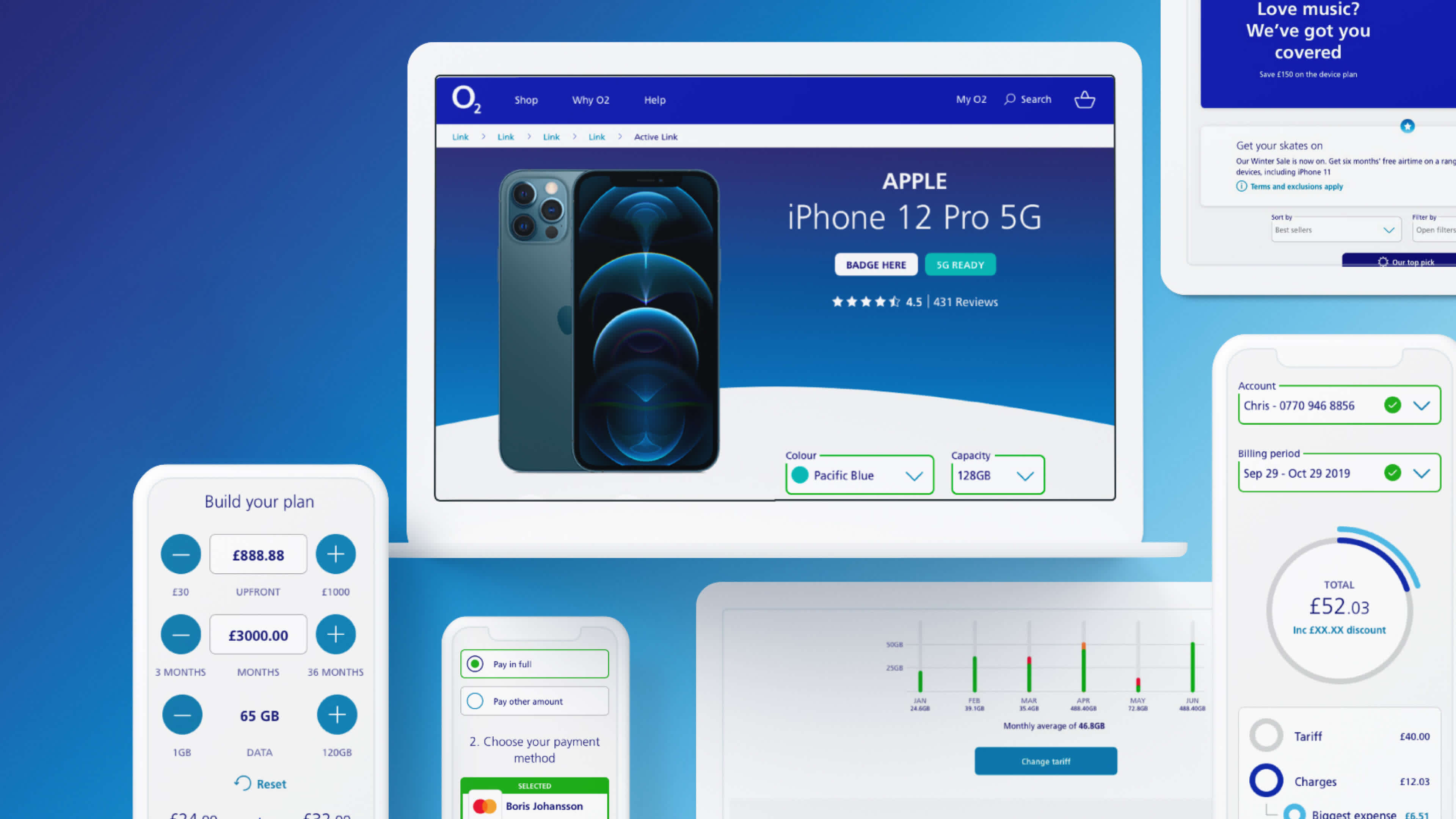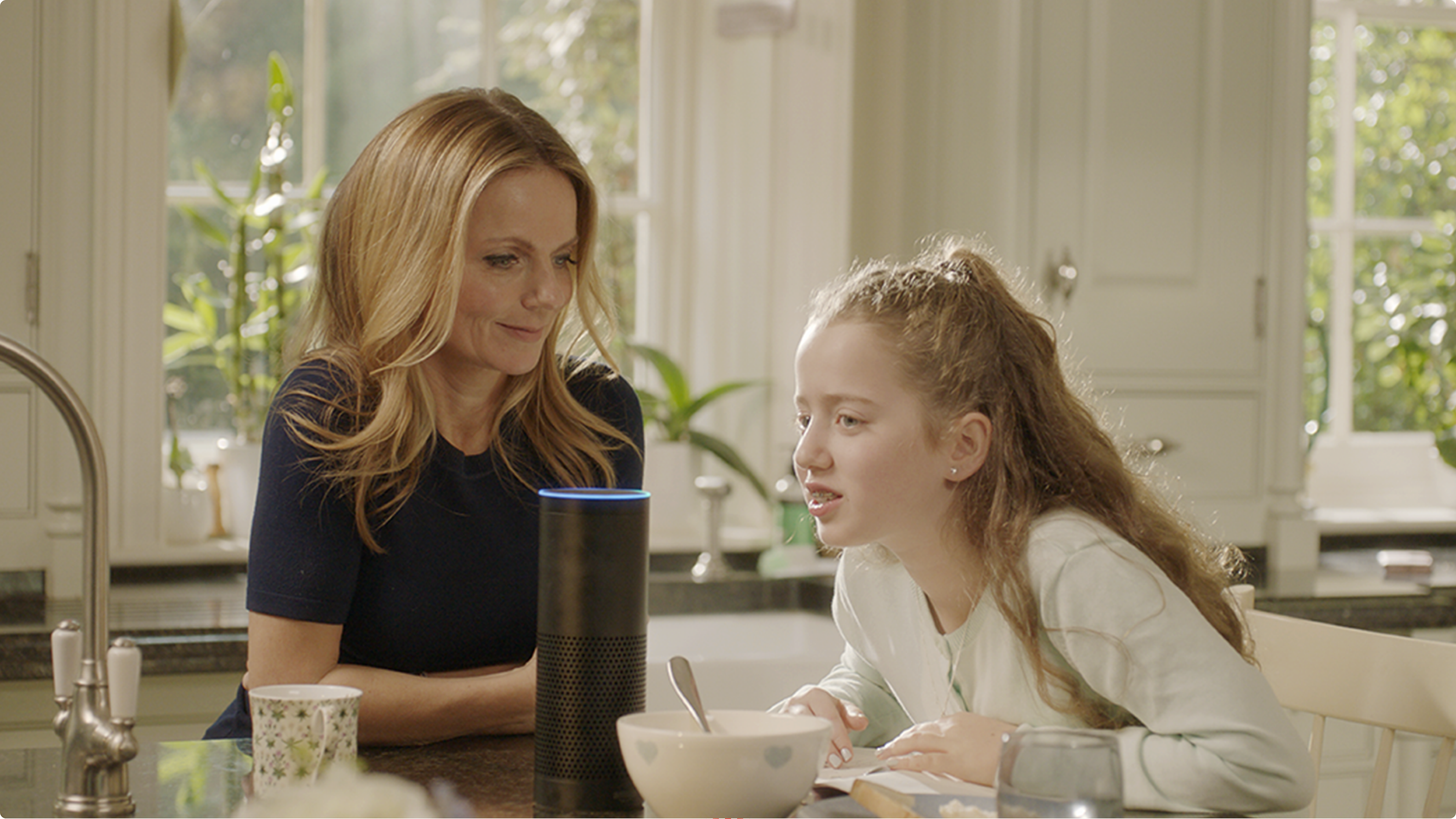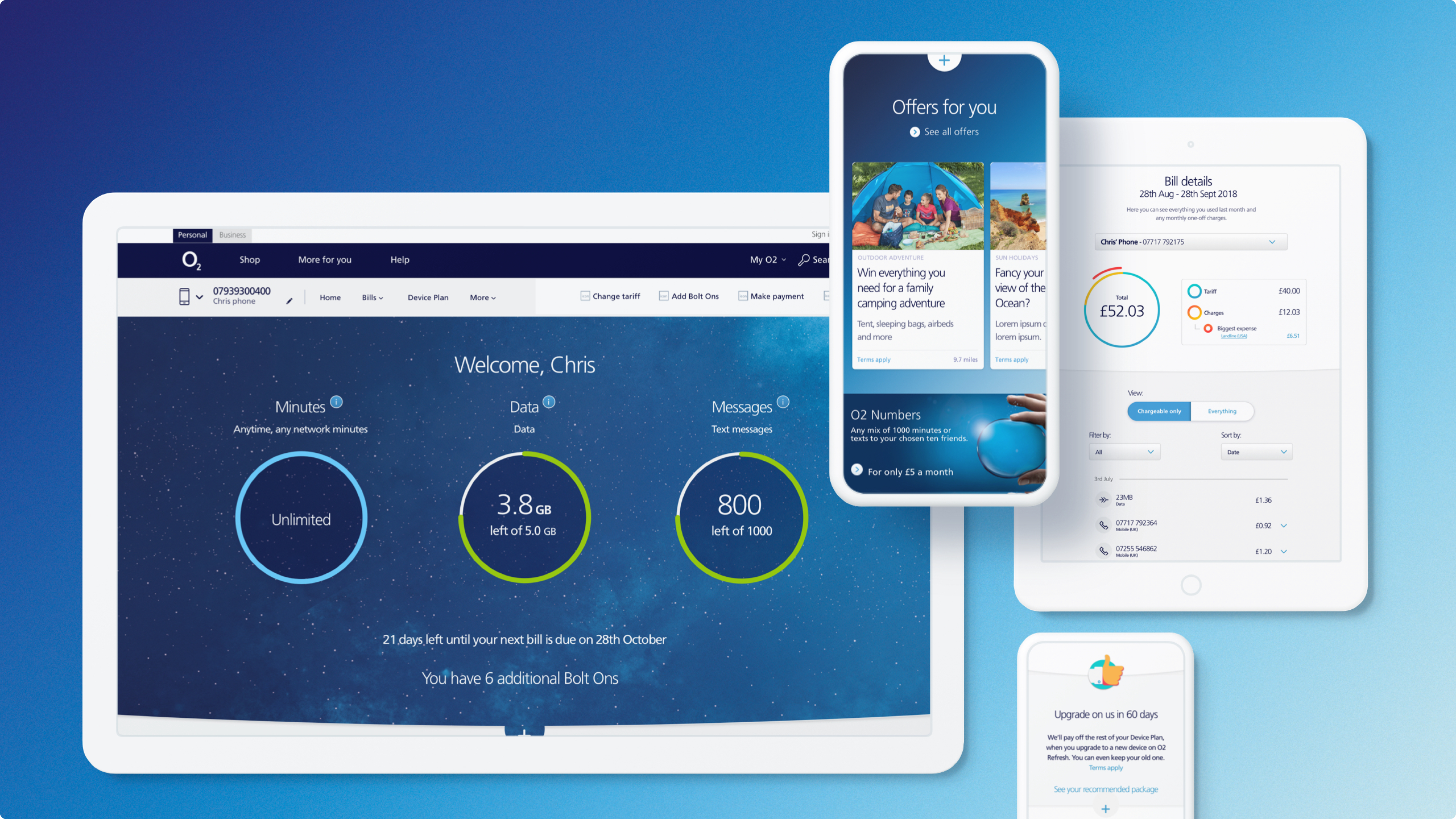Rohit Khanna
Retail Product Owner
Overhauling the experience alongside O2 in their '360' digital transformation programme.
CHALLENGE
O2 approached us to create a new team to design multiple platforms that were being completely overhauled. Since the inception of the team in April 2019, they have worked across the customer eCommerce shop (eComm), customer account management (My O2 web), in-store point of sale system (ePOS), identity and verification, and even the customer service representative dashboard (CSRD).
We assembled an agile team comprising UX, UI, Copy, and Project/Scrum Management who would be navigating hundreds of stakeholders, working with overseas development partners, and delivering against thousands of requirements.
Within O2’s e-commerce platform - where new and existing customers can purchase devices, accessories, and sim plans online - we faced many design challenges. Our core limiting factor was that we needed to minimise the number of customisations we made to the third party platform being implemented. Coupled with a lot of uncertainty around business requirements, we became a very important team who were relied upon to support fundamental business decisions.
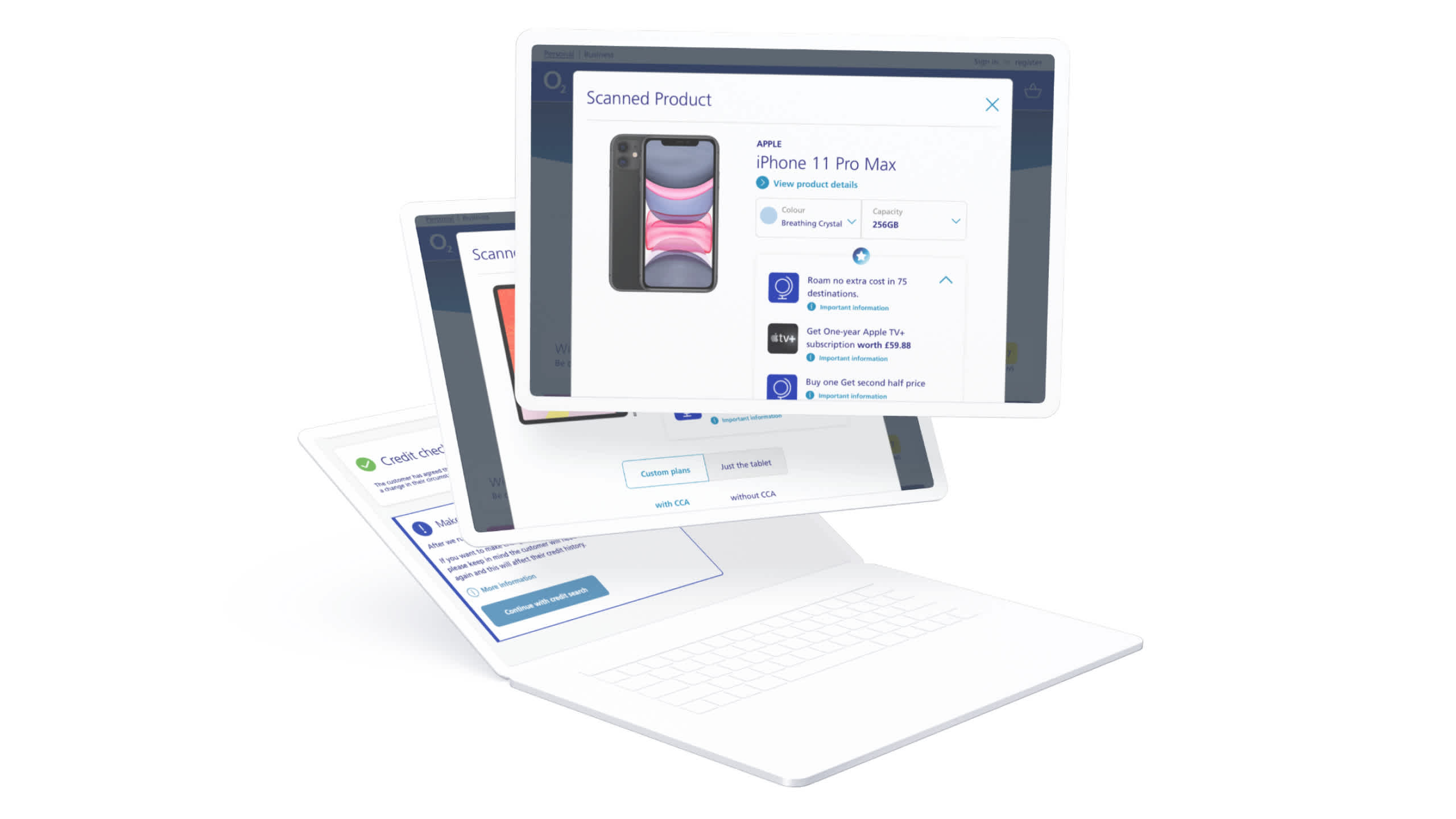
We were tasked to align the in-store point of sale system with the online customer sales website, plus integrate additional functionality that would only be available to staff. We discovered that staff regularly join and leave O2, meaning that knowledge is often lost in the process. So we needed to make the system really simple, and bake instructions into the interface.
My O2 is a feature-rich online platform that lets customers conveniently manage their accounts. However, the legacy platform had a lot of friction around accessing services and adding products. It was also struggling to effectively resolve many customer service issues. We were challenged to optimise My O2 in a way that streamlined the user experience and reduced churn rate, while easing the burden of service requests on call centre staff.

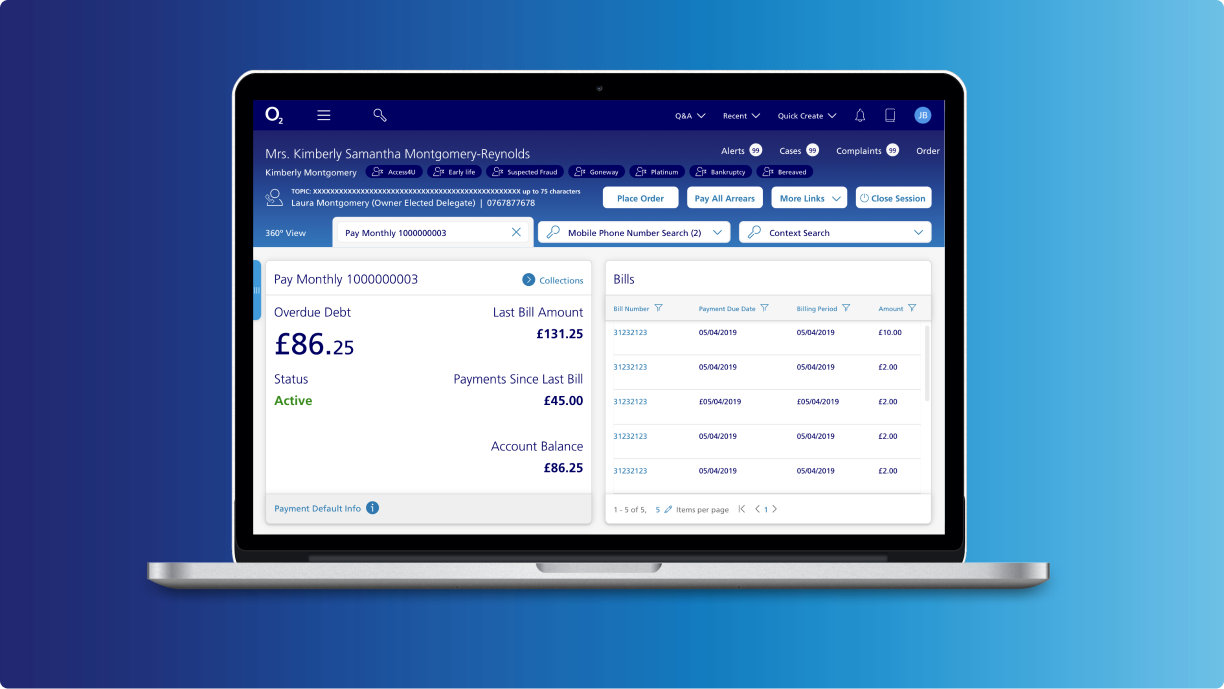
Another crucial part of the O2 ecosystem is the platform that call-centre staff use to service customers. Although as an ‘off-the-shelf’ platform we were unable to change the architecture of it, we were able to define and direct the brand experience across the interface - from colour palette, fonts and icons to copy.
APPROACH
The agile team used a Design Thinking approach, putting the customer first and ensuring that our work was being tested by end users. Plus, we used a Systems Thinking approach to ensure that we catered for all scenarios, with input from all relevant stakeholders, and assessed by tech and compliance colleagues.
The team created intricate journey and information architecture maps detailing the key features and structure of the platform experiences. We regularly ran workshops with stakeholders to identify and map business and customer pain points. The refined maps were then used to inform the creation of wireframes which the team validated and refined through multiple rounds of usability testing.
We worked closely with development teams to reduce complexity and allow even more additional features to be delivered ahead of time.
In order to power the large design team, we established the Oxygen Design System, which maintained efficiency and consistency across 50 designers over the course of the 4 years.
IMPACT
We successfully delivered designs for a large number of features including:
eCommerce: the ability to allow customers to upgrade their device online by grading their current one, as well as the ability for customers to compare devices, and customise their plans to include Extras and accessories.
ePOS: ability to scan physical products into the system, to reserve items in store for 30 minutes, as well as easier upsell of device capacity and extras.
My O2 web: The inclusion of new features that gave priority to the most essential requirements, including self-service features that resolve issues without the need to contact an agent.
CSRD: A new UI interface design that means this staff-facing dashboard now fully belongs within the O2 digital ecosystem
Oxygen Design System: An expansive system of UI foundations, components and patterns that is robust enough to allow all future CVP and services to be continuously implemented at speed
We increased the speed of both the customer-facing eCommerce and staff-facing system journeys - all the whilst keeping the two platforms aligned with each other.
The customer account management improvements resulted in a significant uptick in customer retention rates, by better enabling users to resolve issues without needing to contact an agent.
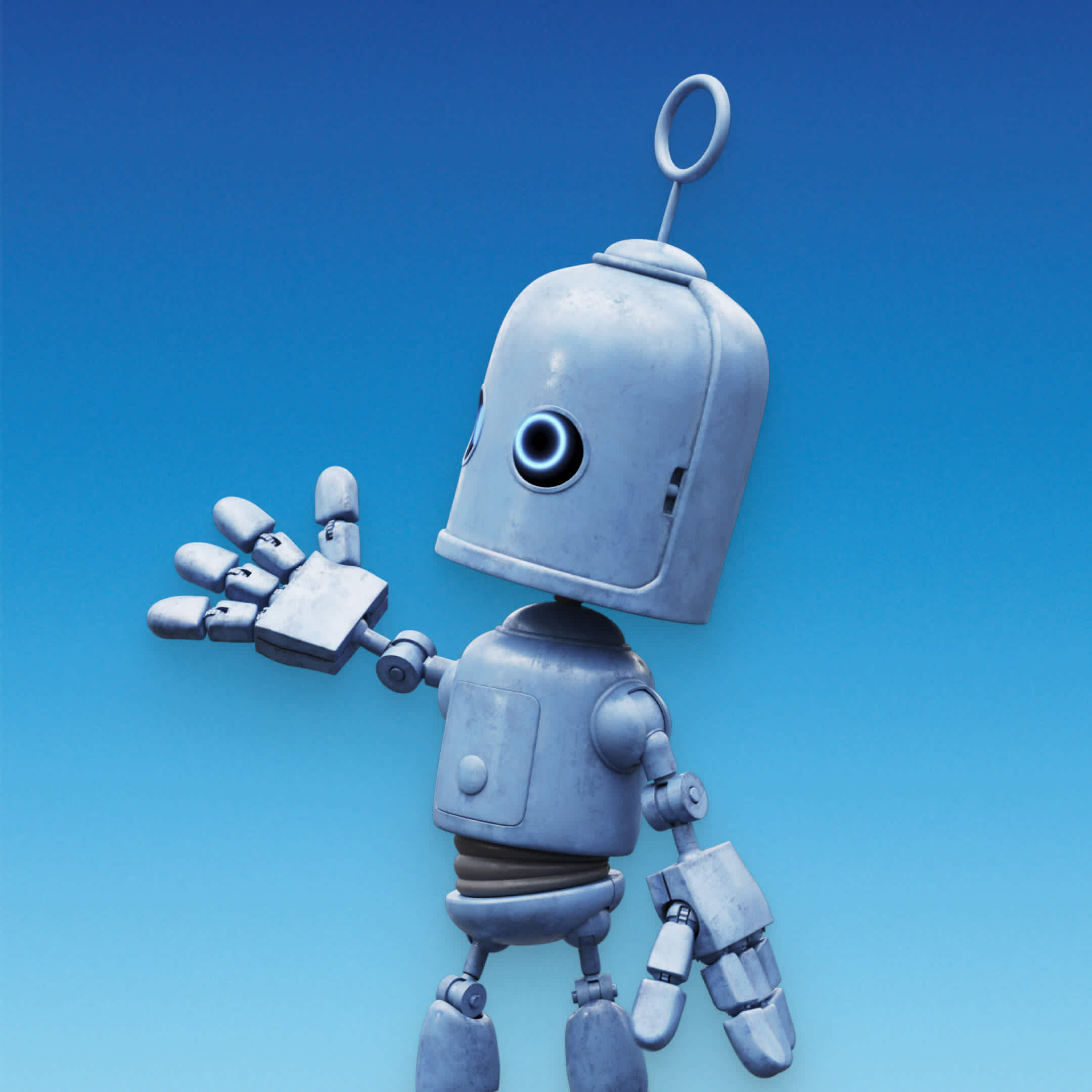
Highlights
Let's talk
Got a business challenge that’s looking for an innovative digital solution? Or, perhaps you’re interested in joining our collective of digital pioneers? Maybe you just want to know a little more about what we do. In any case, we’d love to hear from you.
